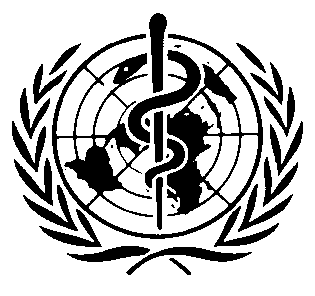International Chemical Safety Cards
| N-ETHYLANILINE | ICSC: 1385 |




Anilinoethane N-Ethylphenylamine C8H11N Molecular mass: 121.2 
 ICSC # 1385
ICSC # 1385CAS # 103-69-5 RTECS # BX9780000 UN # 2272 EC # 612-053-00-2 March 14, 2001 Peer reviewed |
| TYPES OF HAZARD/ EXPOSURE | ACUTE HAZARDS/ SYMPTOMS | PREVENTION |
FIRST AID/ FIRE FIGHTING |
| FIRE |
Combustible.
Gives off irritating or toxic fumes (or gases) in a fire.
|
NO open flames.
NO contact with concentrated nitric acid.
|
Powder, water spray, foam, carbon dioxide.
|
| EXPLOSION |
Above 85°C explosive vapour/air mixtures may be formed.
|
Above 85°C use a closed system, ventilation.
|
|
| EXPOSURE |
|
|
IN ALL CASES CONSULT A DOCTOR!
|
| •INHALATION |
Blue lips or finger nails.
Blue skin.
Confusion.
Convulsions.
Dizziness.
Headache.
Nausea.
Unconsciousness.
|
Ventilation, local exhaust, or breathing protection.
|
Fresh air, rest.
Refer for medical attention.
|
| •SKIN |
Redness.
Pain.
(See Inhalation).
|
Protective gloves.
Protective clothing.
|
Remove contaminated clothes.
Rinse and then wash skin with water and soap.
Refer for medical attention.
|
| •EYES |
Redness.
Pain.
|
Face shield.
|
First rinse with plenty of water for several minutes (remove contact lenses if easily possible), then take to a doctor.
|
| •INGESTION |
Weakness.
(See Inhalation).
|
Do not eat, drink, or smoke during work.
Wash hands before eating.
|
Rinse mouth.
Refer for medical attention.
|
| SPILLAGE DISPOSAL | STORAGE | PACKAGING & LABELLING | ||
|
Collect leaking liquid in sealable containers.
Absorb remaining liquid in sand or inert absorbent and remove to safe place.
Do NOT wash away into sewer.
(Extra personal protection: filter respirator for organic gases and vapours.)
|
Separated from
food and feedstuffs
,
strong oxidants,
strong acids.
See Chemical Dangers.
Ventilation along the floor.
|
Do not transport with food and feedstuffs.
T symbol R: 23/24/25-33 S: 1/2-28-37-45 UN Hazard Class: 6.1 UN Packing Group: III |
||
| SEE IMPORTANT INFORMATION ON BACK | ||||
|
||||
